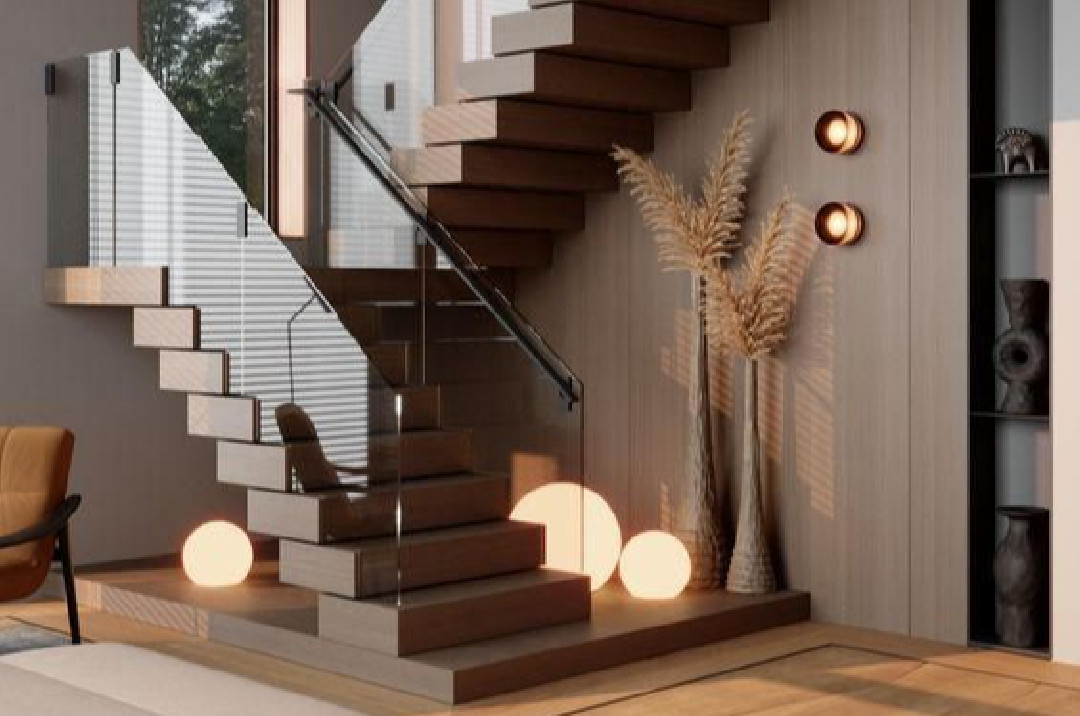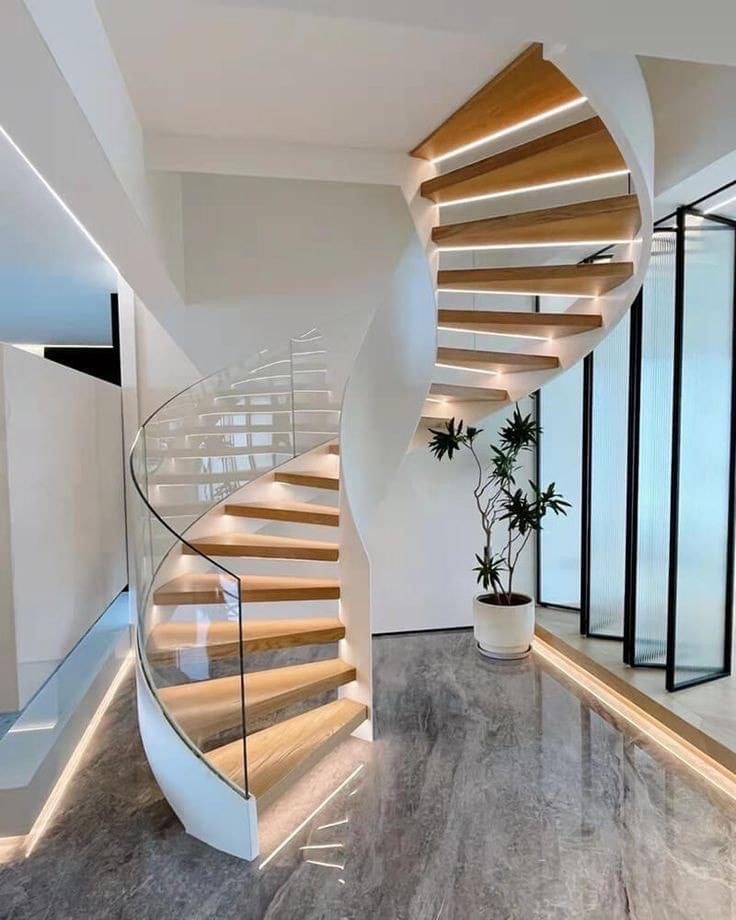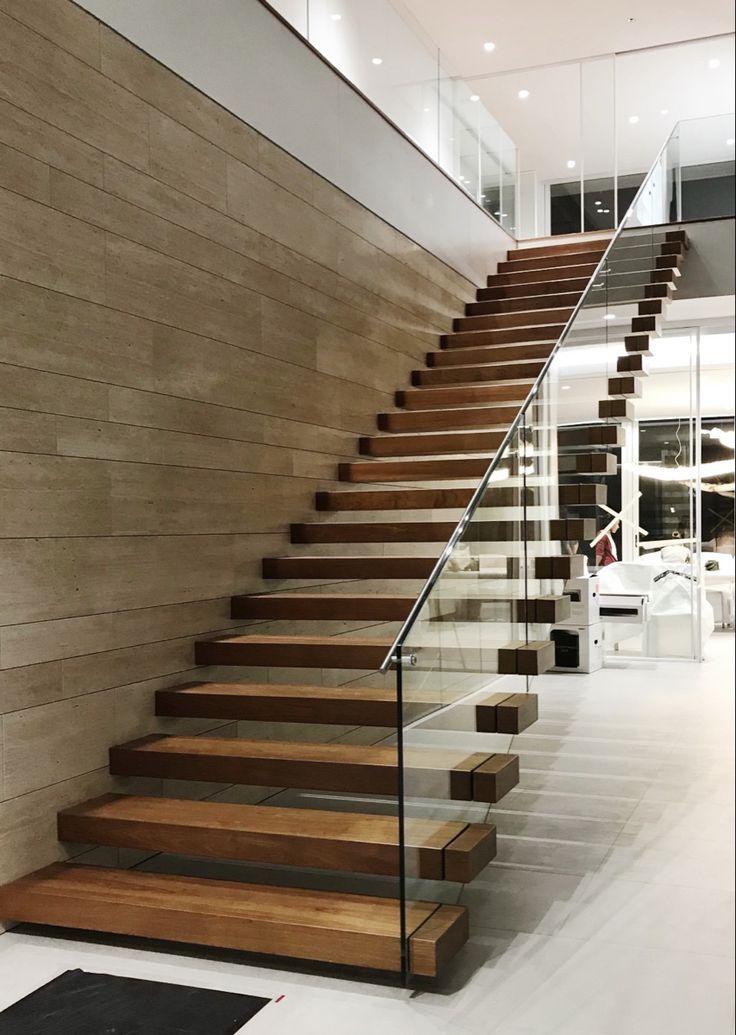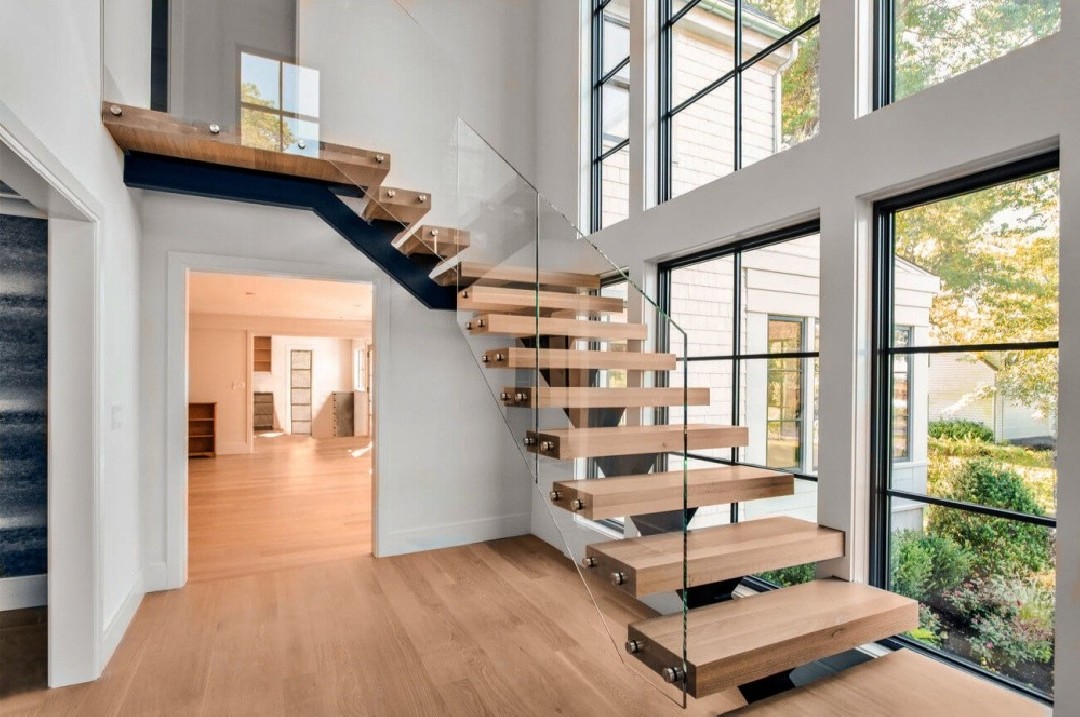Spiral or Straight Stairs: Which is Best for Your Home?

Stairs play a crucial role in multi-story homes. In addition to connecting different levels, they also enhance the aesthetic appeal of your space. Two of the most common stair designs are spiral stairs and straight stairs. Each has its own advantages and drawbacks, and the choice between them depends on your home's layout, personal preferences, and specific needs. This article will help you explore the differences and guide you in choosing the best option for your home.
1. Advantages of Spiral Stairs

Spiral stairs are known for their circular design, making the most of vertical space. Here are some key advantages of spiral stairs:
a. Space-Saving Design
One of the primary benefits of spiral stairs is their ability to conserve space. Due to their compact, circular design, spiral stairs require less floor space than straight stairs. This makes them an ideal choice for small homes or areas where space is limited and every inch counts.
b. Unique and Modern Aesthetic
Spiral stairs often fit well with modern or contemporary interior designs. Their curved shape creates an elegant, eye-catching look. In fact, spiral stairs can become a focal point within a room, enhancing the overall decor and adding an artistic element to your home.
c. Versatility in Design
Spiral stairs can be customized using a variety of materials and styles. For example, you can choose metal spiral stairs for an industrial look or wooden ones for a warmer, more natural feel. Combining different materials allows you to craft a unique design that reflects your personal style.
2. Disadvantages of Spiral Stairs
While spiral stairs have many appealing qualities, there are some disadvantages to consider:
a. Comfort and Accessibility
Spiral stairs, especially those with a small diameter, may not be as comfortable to use as straight stairs. The curved steps can feel narrow, making it harder for children or larger individuals to navigate. Additionally, spiral stairs can be more challenging to climb, particularly for elderly individuals or those with limited mobility.
b. Transporting Large Items
One practical downside to spiral stairs is the difficulty of carrying large items or furniture upstairs. Due to the limited space, bulky items like mattresses or tables may be hard to maneuver through the tight, circular path.
c. Safety Concerns
Spiral stairs, particularly those without proper railings, can pose a higher safety risk. The curved steps may cause users to lose their balance if they aren’t careful. As a result, safety should be a top priority when opting for spiral stairs, especially in homes with young children or older adults.
3. Advantages of Straight Stairs

Straight stairs are the most traditional and commonly used type of staircase. Their straightforward and efficient design makes them a popular choice in many homes. Here are some of the key advantages of straight stairs:
a. Comfort and Accessibility
Straight stairs offer greater comfort and accessibility compared to spiral stairs. With wider, evenly spaced steps, they provide a more stable and easier way to go up and down. This makes them suitable for every member of the family, including children, the elderly, and individuals with mobility challenges.
b. Easy to Transport Large Items
The simple, open design of straight stairs makes them more practical when it comes to moving large items between floors. With a straight path and no tight corners, they provide plenty of space for maneuvering furniture and other household items.
c. Increased Safety
Straight stairs generally offer better safety due to their stable, predictable design. You can also add railings on both sides for extra support, which is particularly important in homes with children or elderly residents.
4. Disadvantages of Straight Stairs
Despite their practicality, straight stairs have a few disadvantages, particularly regarding space usage and aesthetic appeal:
a. Occupy More Space
One of the main drawbacks of straight stairs is that they take up more space compared to spiral stairs. Because they extend horizontally, straight stairs may not be suitable for homes with limited floor space.
b. Simple, Less Striking Design
Although functional, straight stairs are sometimes viewed as less visually exciting than spiral stairs. Their linear, straightforward design may not stand out as much, especially in modern or contemporary homes. However, this can be offset by choosing interesting materials or adding decorative elements to enhance their appearance.
5. Which One is Best for Your Home?
Choosing between spiral and straight stairs depends on several factors:
-
Space and Layout: If your home has limited floor space, spiral stairs may be a better option because of their space-saving design. On the other hand, if space is not an issue, straight stairs can offer greater comfort and accessibility.
-
Usage of the Stairs: If you frequently need to transport large items or furniture between floors, straight stairs are more practical. However, if your stairs are more of a decorative element, spiral stairs can provide a unique and artistic touch.
-
Household Members: In homes with young children, elderly individuals, or people with limited mobility, straight stairs are typically safer and more comfortable to use. Spiral stairs can pose a higher risk of accidents, especially for those who might struggle with balance.







